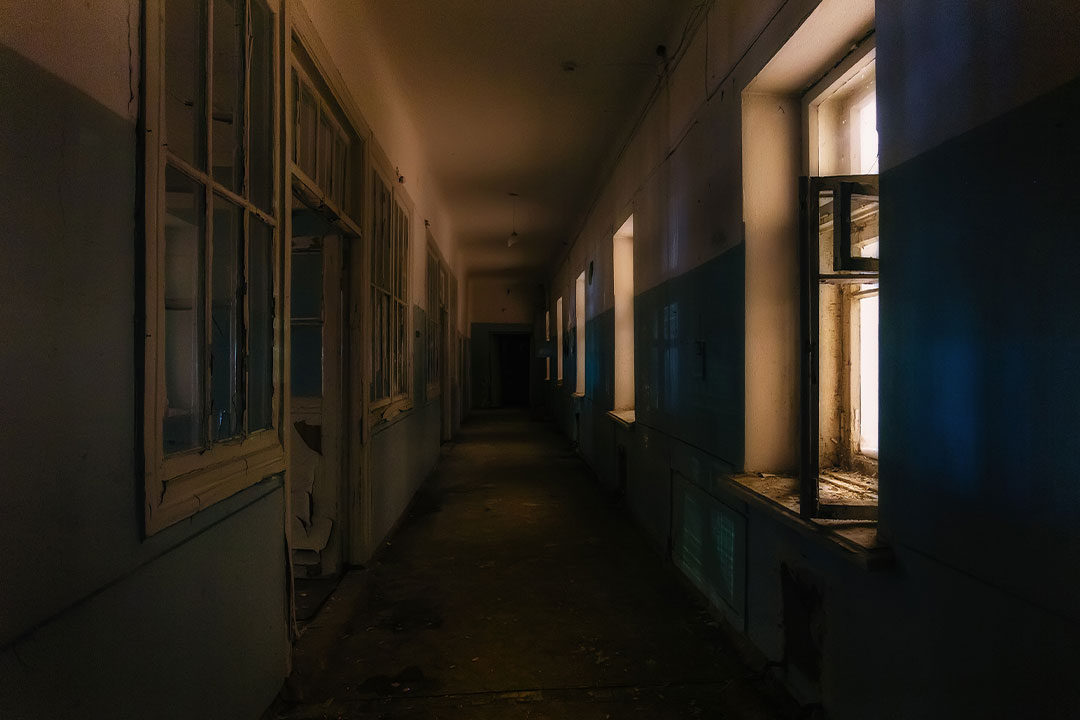Working at a construction site often involves multiple employers, or contractors, collaborating alongside each other. Oftentimes, construction site accidents resulting in injuries entitle the injured worker to compensation through the applicable worker’s compensation system. But, there are also certain personal injury cases where an injured worker can also pursue damages within the civil system.
Pursuing Damages in the Civil System
Civil damages can be awarded to someone injured on a job due to the negligent actions of another party. For example, in situations where the negligent actor, the person responsible for causing the accident, is employed by a different employer or subcontractor, the injured worker can pursue additional damages. The worker would need to prove that an employee of the other business was negligent and their negligence resulted in injuries.
In an interesting case centered around a business owner’s liability for injuries to a subcontractor’s employee, the Missouri Court of Appeals reversed the trial court’s summary judgment and found that the building owner could be liable under a general negligence theory. Let’s examine how these examples factored into a recent personal injury case at a multiple employer job site.
Setting the Scene
An old five story hospital building was scheduled to be demolished prior to construction of a new hospital building. The hospital who owned the older building hired a contractor, who then hired a subcontractor, to remove asbestos prior to the building’s demolition. The asbestos removal was being performed on a multi-floor area that was under the exclusive control of the asbestos subcontractor. Additionally, the old building also had a separate basement area, or boiler room, that housed the building’s main electrical controls and was previously used as a mechanical area. At the time of construction, the basement space was also being used by the owner to store and sell some old fixtures and tools.
Our client served as the warehouse manager for the asbestos subcontractor and delivered parts and materials from the warehouse to the hospital job site. When the manager was delivering parts and materials to co-employees doing the asbestos removal at the hospital, the electrical power in the hospital building unexpectedly shut off. The power failure created several potential safety issues and serious complications involving the proper handling of the asbestos.
The warehouse manager was asked to go to the basement and see if there was a tripped circuit causing the power failure. While ascending the interior basement stairs, the manager stumbled in the darkness and became impaled on a railing post that was exposed because the handrail had been removed. This act of negligence led to serious injuries.
The Results Following the Accident
After receiving worker’s compensation benefits, a multi-count lawsuit was filed against the hospital alleging both business owner’s liability on the dangerous conditions of the premises and general negligence due to a breach in their duty of care. Pre-trial discovery revealed that the stair handrail had been previously removed by one of the hospital employees and had never been replaced. The trial court ultimately granted a summary judgment in favor of the hospital because it found that the hospital had relinquished control of the entire building and could not be liable for a dangerous condition on the property.
Later, an appeal was made to the Missouri Court of Appeals against the court’s initial summary judgment. They agreed with the trial court on the premises liability count, but reversed the trial court’s summary judgment by deciding the issue was due to the hospital’s negligence, rather than due to the dangerous condition of the property. Since there was general negligence in how the hospital employees handled the stair railing and the failure to warn the other workers of possible hazards from the electrical supplies, the appeals court said the hospital could be held responsible.
Trust in MHM in Your Quest for Justice
Construction site accidents that result in a personal injury case like the one at the hospital are often complicated and require an experienced attorney to work through the issues. If you or someone you know has been seriously injured in a construction accident, contact one of our attorneys today so we can help you tackle the unexpected.
